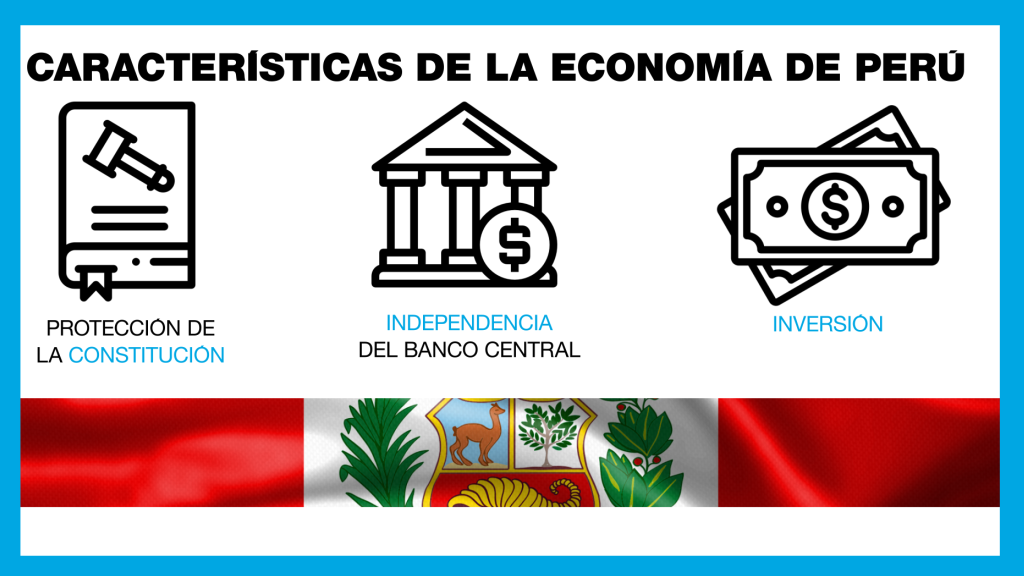First modification:
Peru has had five presidents in the last five years and, although the constant changes in the Executive have revealed the political crisis of the Andean country, its economy has accumulated more than 20 years on a path of economic growth. It is one of the countries with the best macroeconomic data in Latin America and has prevailed over the recent world financial crisis.
Anyone would think that if the Executive of a country is plunged into a deep and constant crisis, finances will also be affected. However, the case of Peru has caught the attention of economic analysts, as it is a country that stands out for its good macroeconomic data compared to the rest of Latin America, and for having resisted not only internal problems but also the economic crisis. world.
According to data from the World Bank, unemployment went from 7.2% in 2020 to 4.8% in 2021 and the variation in the Gross Domestic Product (GDP) in that same year was positive, going from -11% during the debacle of the pandemic in 2020 to 13.6% in 2021.

In a conversation with France 24 en Español, the former Minister of Economy of Peru, Luis Miguel Castilla, explained the main reasons why the political problems in Lima do not affect the country’s economy and how they have shielded themselves from the different inclinations of the representatives.
“The Peruvian economy has had a positive performance because it has a number of aspects: the main thing is that it maintains very solid macroeconomic fundamentals. It has the highest reserve levels in the region, with respect to its Product (Gross Domestic) and the levels lower public debt relative to GDP”.
Added to this, indicates the expert, “a clear commitment to the commercial opening of the external sector” that encouraged national trade and a Constitution that has made it easier for private investment to be the engine of growth, emphasizes the expert. “This has meant that the country has seen its GDP multiply by three in the last 20 years and has remained relatively resilient despite the external shocks it has suffered,” he adds.
In general, experts point out that the independence of the central bank, the free investment economic model and different constitutional laws that shield the country have allowed this positive result.

If inflation in the Andean country is reviewed, it is also evident how this rate has remained around 8% so far this year, a single-digit figure that few Latin American countries have, along with Brazil, which has reported month to month a falling Consumer Price Index. They are the economies of the region least affected by the rise in prices.
“The inflation that Peru has suffered, like the rest of the countries in the region, has been basically imported inflation. Here there has not been an overheated economy, but a supply shock that began with the resumption of economic activity once the pandemic was initially contained and then obviously with the crisis in Ukraine, the increase in fuel prices, of food…”, says Castilla.
The economist stressed the importance of internal regulation. “The central bank is a highly credible, autonomous entity that has spared no effort in increasing its interest rate. It has raised it steadily by 50 basis points every time it has met,” Castilla said.

Colombia (12.53%), Chile (13.30%) and Honduras (10.44%) have interannual rates as of November above 10% and Argentina (88%) and Venezuela (155.8%) do not fall below 80% and even a three-digit CPI is predicted for Buenos Aires, above 100%.








![[Img #74675]](https://thelatestnews.world/wp-content/uploads/2024/12/They-discover-a-new-class-of-X-ray-sources-in-the-150x150.jpg)


